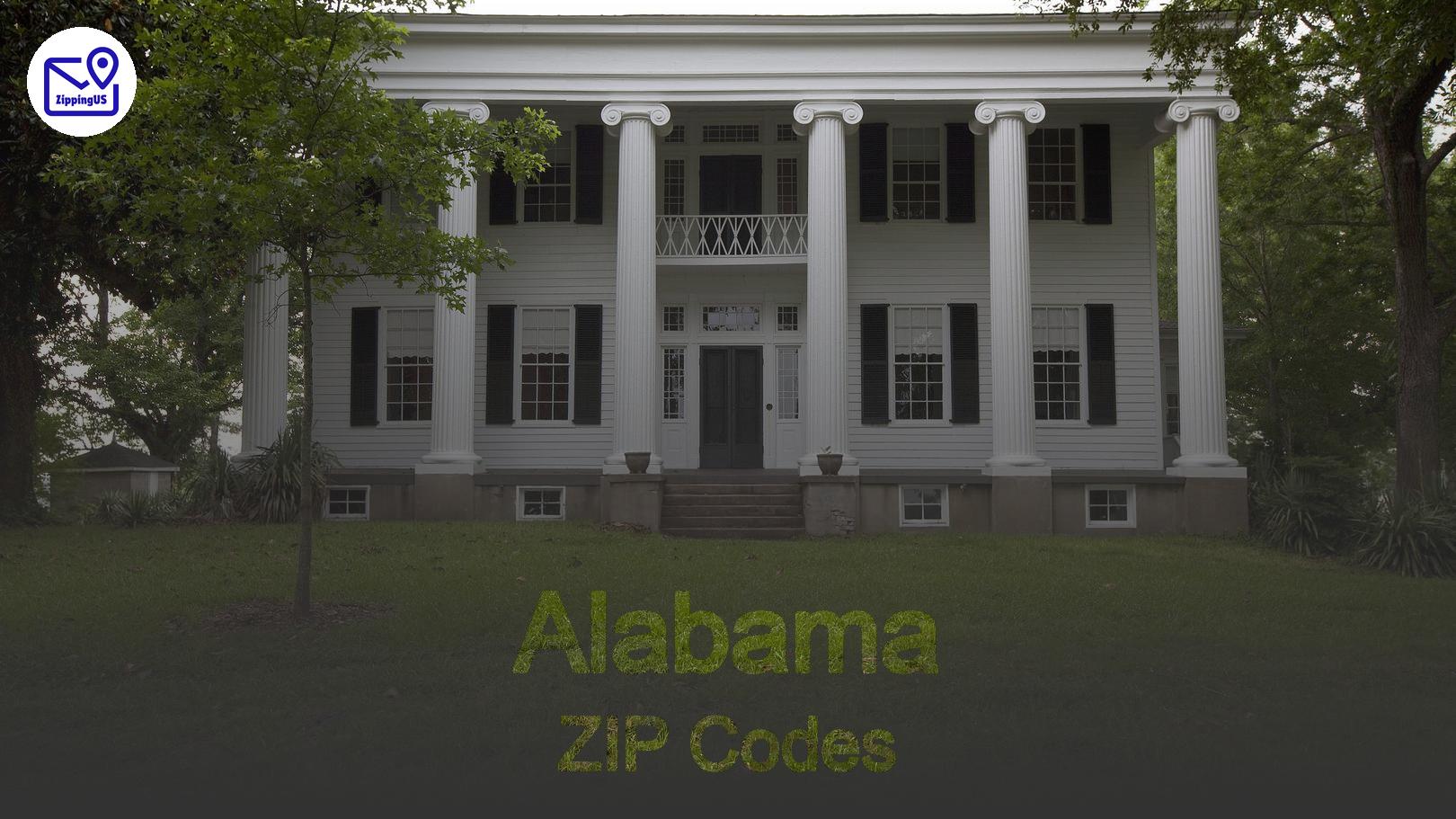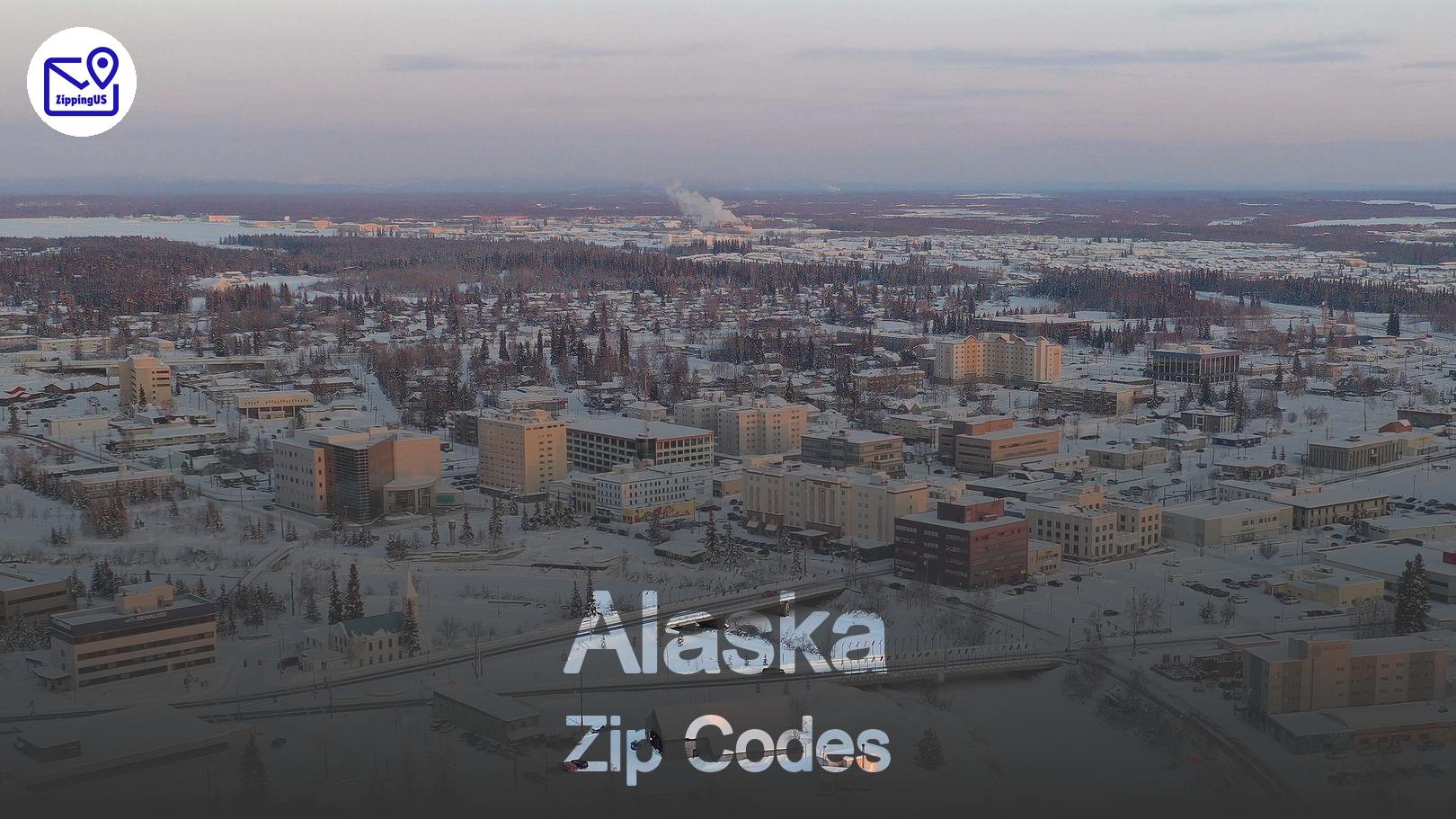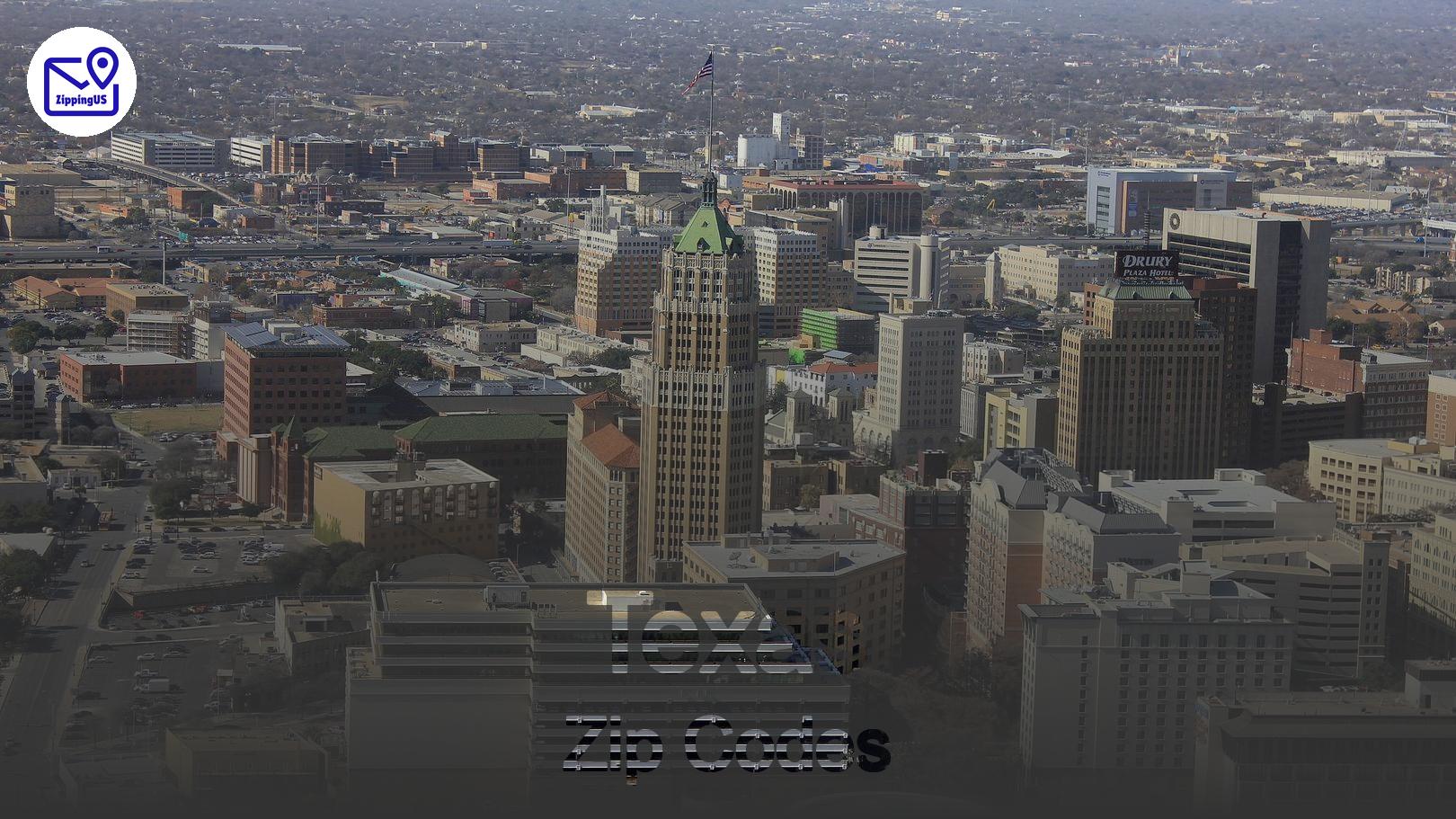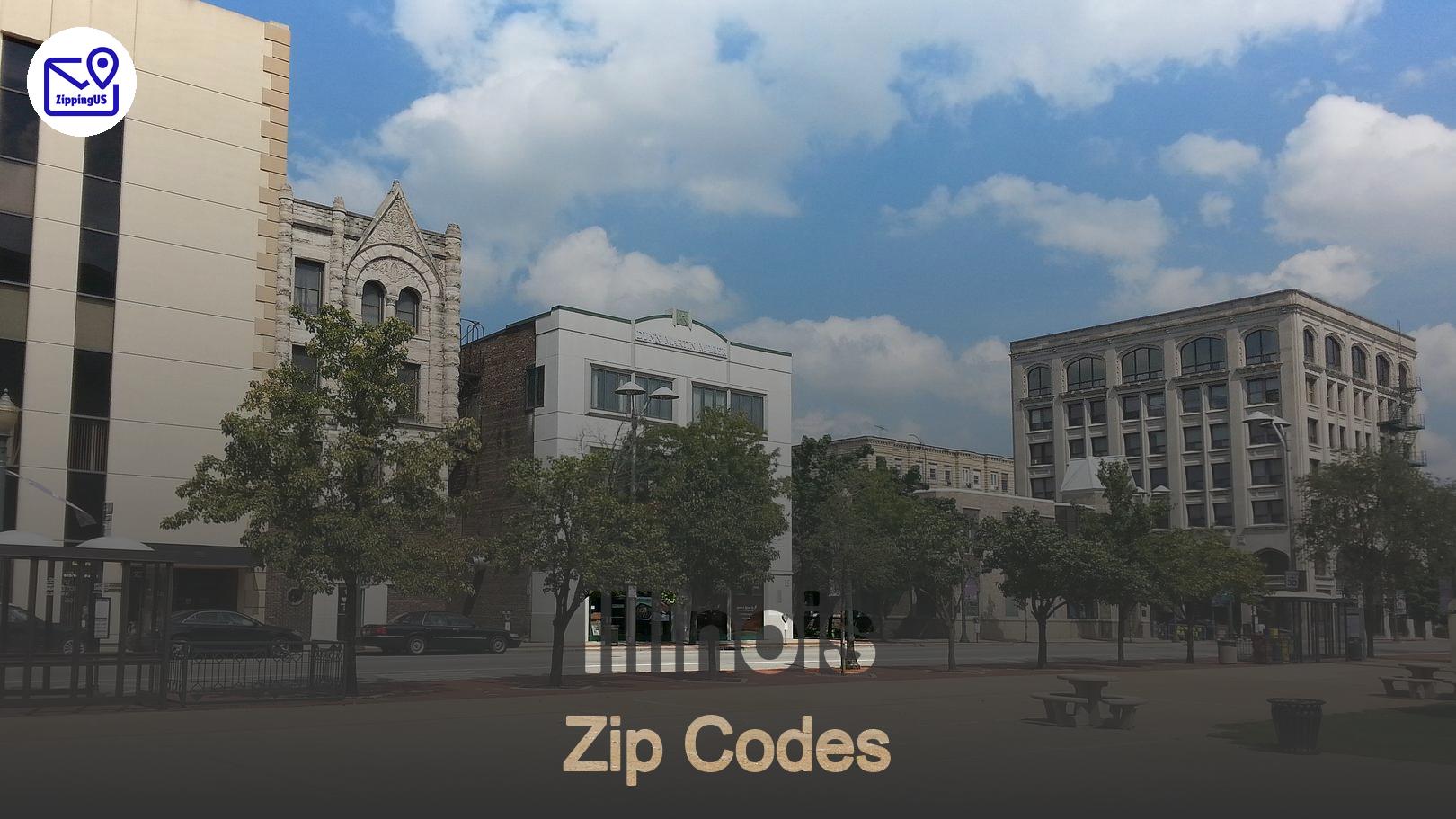If you’re searching for Iowa zip codes, you’ve come to the right place. Whether you’re looking for the best place to live, mailing something, or just curious, this guide breaks it all down for you. Iowa, known for its rolling plains and friendly folks, has plenty of zip codes that cover both small towns and bigger cities. From 50001 to 52809, we’ll dig into what makes Iowa’s zip codes tick and how you can use them in your daily life.
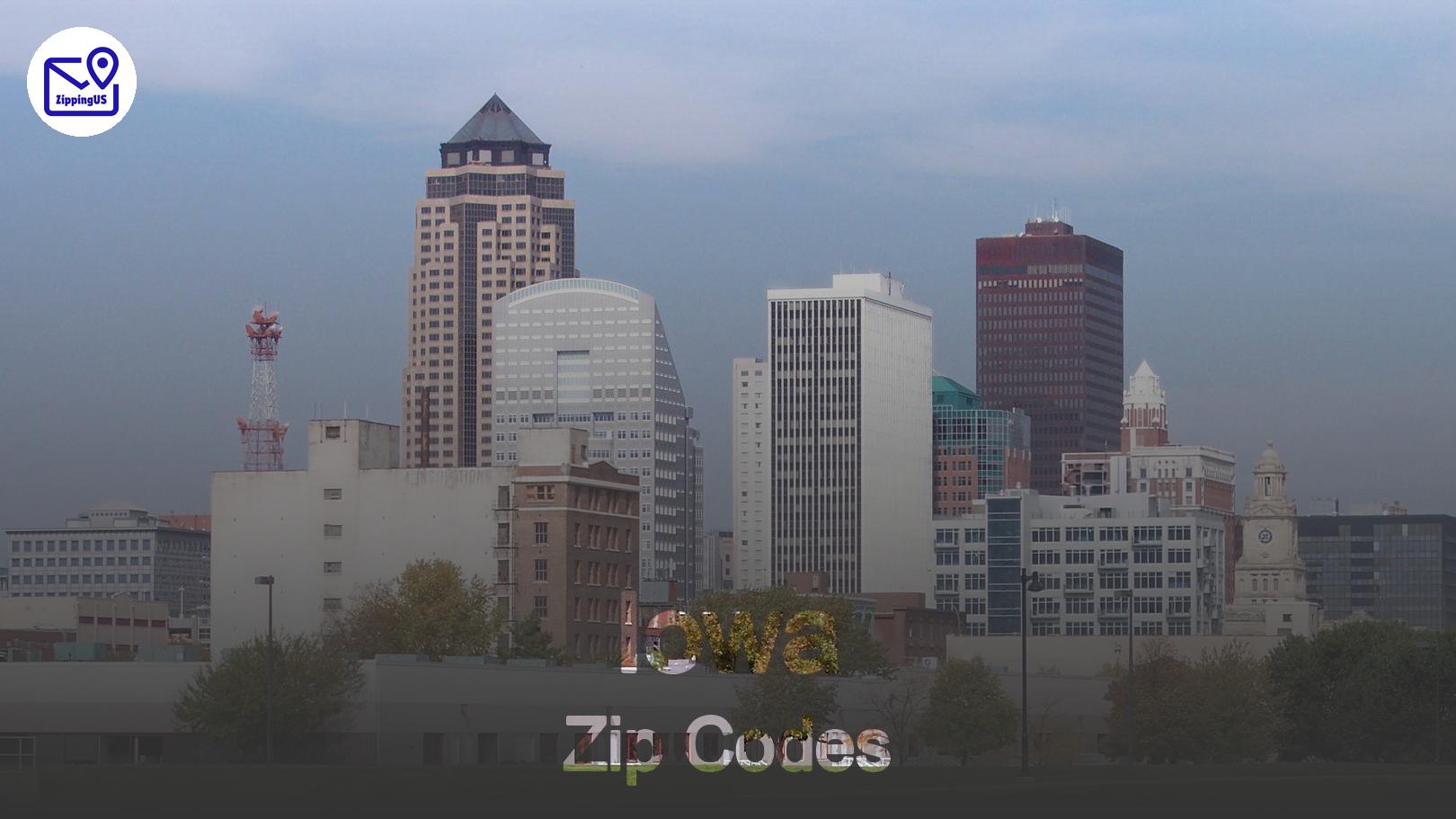
What Are Zip Codes?
First off, let’s get clear on what a zip code is. It’s not just a bunch of random numbers. The ZIP (Zone Improvement Plan) code system was created by the United States Postal Service (USPS) back in 1963. Each set of numbers helps deliver mail more efficiently by pointing to specific areas. And Iowa’s zip codes, ranging from the 500s to the 528s, serve cities, rural areas, and everything in between.
Iowa Zip Code Map and Regions
Iowa is a vast state, and its zip codes stretch from corner to corner. Generally, the zip codes are divided into different regions. For example:
- 50000-50999: Central Iowa, including Des Moines, Ames, and surrounding towns.
- 51000-51999: Northwest Iowa, covering places like Sioux City and Storm Lake.
- 52000-52999: Eastern Iowa, including Dubuque, Cedar Rapids, and Davenport.
The farther north and west you go in Iowa, the lower the zip code numbers get. In the eastern parts, especially around Cedar Rapids and Davenport, you’ll see zip codes starting in the 520s.
Popular Cities and Their Zip Codes
Here’s a look at some of the major cities in Iowa and their respective zip codes:
- Des Moines (50301-50340): The capital and largest city in Iowa. Whether you’re mailing something to downtown Des Moines or the suburbs, it’s likely within the 503 zip code range.
- Cedar Rapids (52401-52411): Known for its vibrant arts scene, Cedar Rapids uses zip codes in the 524 range.
- Davenport (52801-52809): As part of the Quad Cities, Davenport has zip codes between 52801 and 52809.
- Sioux City (51101-51111): Sitting on the Missouri River, Sioux City’s zip codes fall in the 511 range.
Zip Codes for Small Towns in Iowa
Iowa’s charm comes from its smaller towns and rural areas, and they’ve got their own unique zip codes, too. Here’s a glance at a few:
- Pella (50219): Famous for its Dutch heritage and annual tulip festival.
- Boone (50036): A scenic small town with a rich railroad history.
- Decorah (52101): Nestled in the northeast, known for its natural beauty and outdoor activities.
How to Find an Iowa Zip Code
If you’re looking to find a specific zip code in Iowa, there are a few ways to do it:
- Online Tools: The USPS website has a zip code lookup tool where you can plug in an address to find the right zip code.
- Maps: Many online maps, like Google Maps, show zip codes when you zoom in on specific areas.
- Local Post Offices: You can always pop into your local post office if you need help finding a zip code.
Why Zip Codes Matter
Zip codes do more than just help with delivering mail. They’re used for all kinds of purposes:
- Mail Delivery: The most obvious use. Without a zip code, your mail might end up in the wrong town or on the other side of the state!
- Online Shopping: Ever wondered why your shipping costs change based on your zip code? Some retailers adjust prices depending on how far away you live.
- Demographics and Marketing: Businesses use zip codes to understand the population of an area. This can help with advertising or deciding where to open new stores.
- Weather Alerts: In Iowa, where tornadoes and storms can happen, zip codes are used to send out localized weather alerts.
Fun Facts About Iowa Zip Codes
Here are some things you might not know about zip codes in Iowa:
- First Zip Code in Iowa: The lowest zip code in the state is 50001, which belongs to Ackworth, a small town in central Iowa.
- Highest Zip Code: The highest zip code in Iowa is 52809, which serves part of Davenport.
- Largest City by Zip Code: Des Moines has the most zip codes of any city in Iowa, ranging from 50301 to 50340.
Zip Codes for Newcomers to Iowa
Moving to Iowa? You’ll want to get familiar with your new zip code. Whether you’re headed to a bustling city like Des Moines or a quieter spot like Winterset, your zip code helps define your location. It’s what the postal service, local businesses, and even emergency services use to identify where you are. So, when you move, make sure to update your address and zip code with:
- USPS: You can change your address online or by visiting your local post office.
- Utilities: Whether it’s electricity, water, or internet, utility companies will need your new zip code to set up service.
- Driver’s License: Don’t forget to update your address on your driver’s license. This ensures that important mail from the state, like vehicle registration, gets to you.
FAQs About Iowa Zip Codes
What’s the most common zip code in Iowa?
- There’s no single “most common” zip code, but many of the larger cities like Des Moines, Cedar Rapids, and Davenport have multiple zip codes due to their size.
Can two towns share the same zip code?
- Yes, it’s common for smaller towns in rural areas to share a zip code. For example, some unincorporated areas near Des Moines might share zip codes with nearby suburbs.
How do I find the zip code for a rural area in Iowa?
- You can use online tools like USPS’s zip code lookup or Google Maps. Rural areas in Iowa might have fewer zip codes covering larger regions.
Do zip codes in Iowa change over time?
- It’s rare, but zip codes can change, especially in growing areas. If a city expands, it might need more zip codes to accommodate new homes and businesses.
Conclusion: Get to Know Your Iowa Zip Code
Whether you’re sending a postcard, moving to a new city, or just curious, Iowa’s zip codes are more than just numbers. They tell you a lot about the geography and culture of the state. From the bustling streets of Des Moines to the quiet corners of small towns like Pella or Boone, zip codes help define Iowa’s identity. So, next time you look at those five digits, remember—they’re more important than you think!

